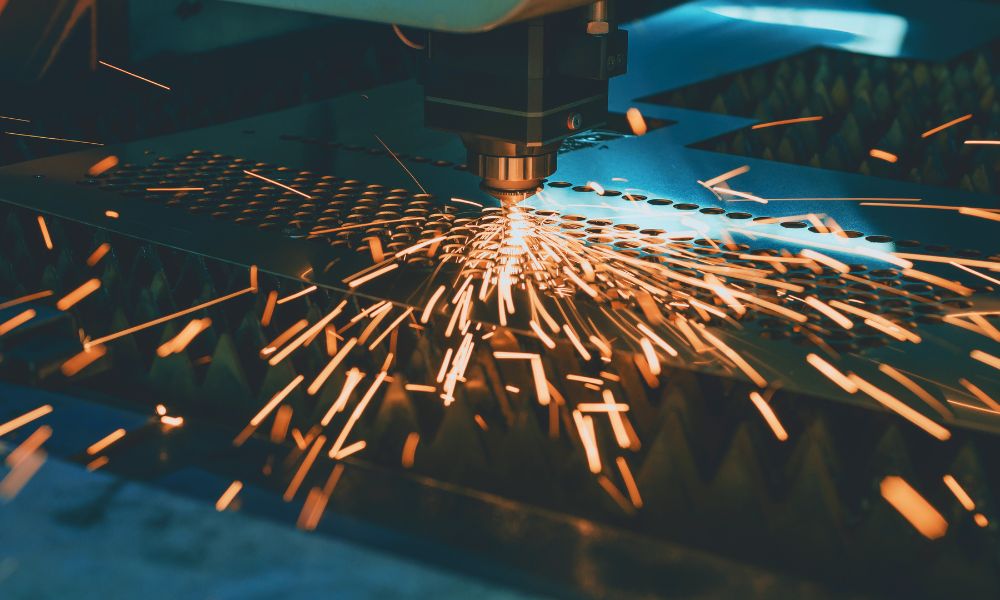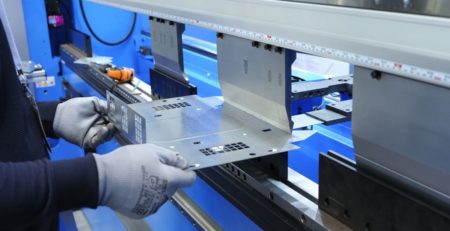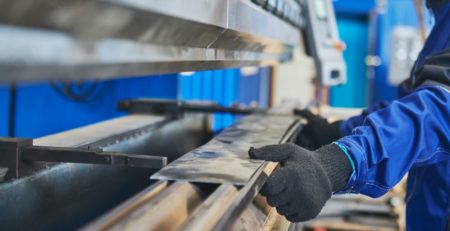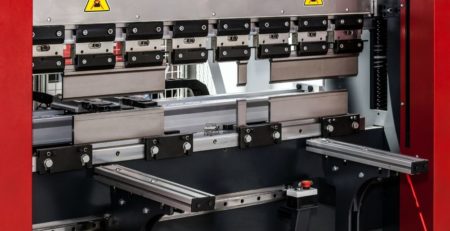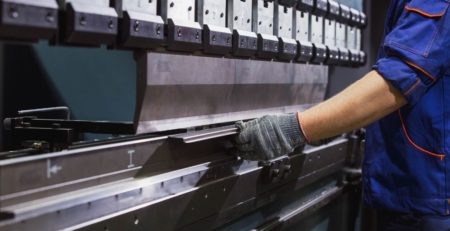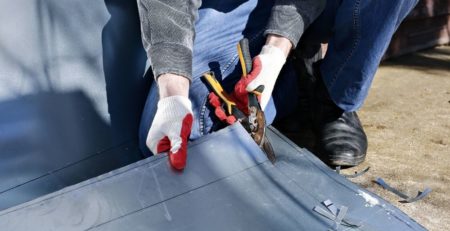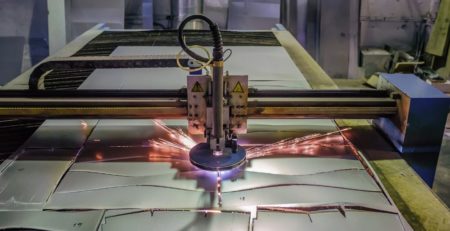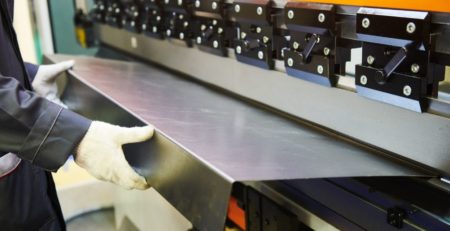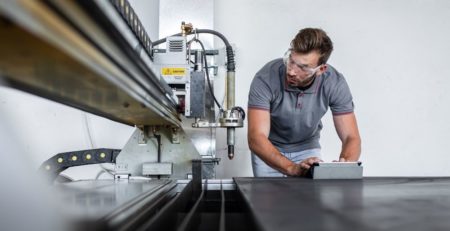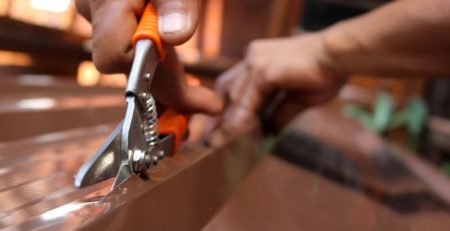How Automation Affects Metal Fabrication
Workers in manufacturing have been conditioned to fear automation. “Robots are coming to take over our jobs!” is the cry heard in factories and metal fabrication shops that are adding new technology.
But in truth, how automation affects metal fabrication doesn’t necessarily mean replacing jobs, just changing them.
Making Jobs Easier and Faster
Automation, including robotic parts handling and computer-controlled cutting and deburring, makes metalworkers’ lives easier and safer. There’s less direct handling of workpieces and less lifting and hauling. This can reduce fatigue and repetitive stress injuries, so workers can feel less strain while turning out more products in less time.
Automated systems gather data that can better predict and monitor the movement of materials through the metalworking process, making it possible for workers to see what’s going on all over the shop on one computerized dashboard that keeps them informed of what’s likely to come next.
Efficiency
Robots work faster than people. They don’t get tired or bored, and they don’t get emotional (until artificial intelligence teaches them how, but that’s an entirely different topic). As a result, metal fabrication operations can do more with the same number of workers. Taking in more work and producing it in the same amount of time or less, increasing revenue, which can translate to higher profits and increased wages. In this way, automation affects metal fabrication by helping address chronic shortages of skilled labor in metal fabrication.
Consistency
Computer-guided fiber laser cutting machines can make precisely the same cuts repeatedly, turning out parts and components that are extremely consistent in size and shape. For clients that need 100 sheet metal panels pierced with the same pattern or with complex, interlocking decorative designs, automation enables shops to take on jobs they may have avoided in the past due to the intricacy of the requirements.
Maintenance
Machines can break down unpredictably or endure invisible, minor wear that suddenly turns into a major problem. Automation can improve predictive maintenance by constantly monitoring the state of a machine and alertoperators to needed maintenance before a major breakdown. Whereas maintenance once occurred on a routinely scheduled basis, sensors can now predict that machines will need maintenance outside a rigid schedule, reducing downtime and saving money.
Competitiveness
Automation can help level the playing field for smaller metalworking operations. With computer and robotic assistance, smaller shops can take on work they may not have felt confident about before. And with increased speed and productivity automation can provide, small shops can produce larger orders from bigger clients while offering more personalized customer service.
Mind Over Muscle
Automation is present in metalworking and will only continue to evolve. Workers who are willing to undergo training and keep learning with each new innovation will benefit. A computer is only as good as its programming, and even artificial intelligence can turn out inferior work if it receives flawed inputs. Metalworking shops don’t often implement across-the-board automation all at once.
Instead, new machines and software are introduced gradually, giving workers time to learn and adapt. Those that do increase their value to the industry and knowledge of how computerized machines work can develop the information technology skills to keep robotic and computerized machines performing accurately.

